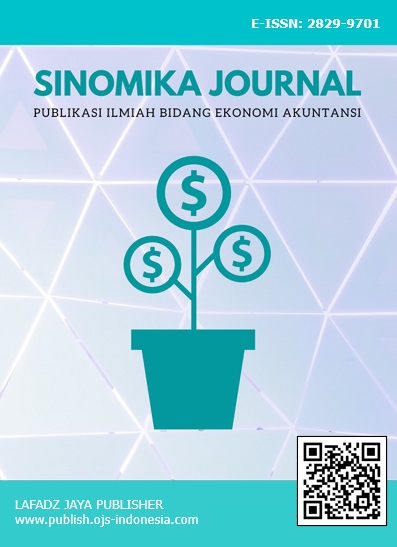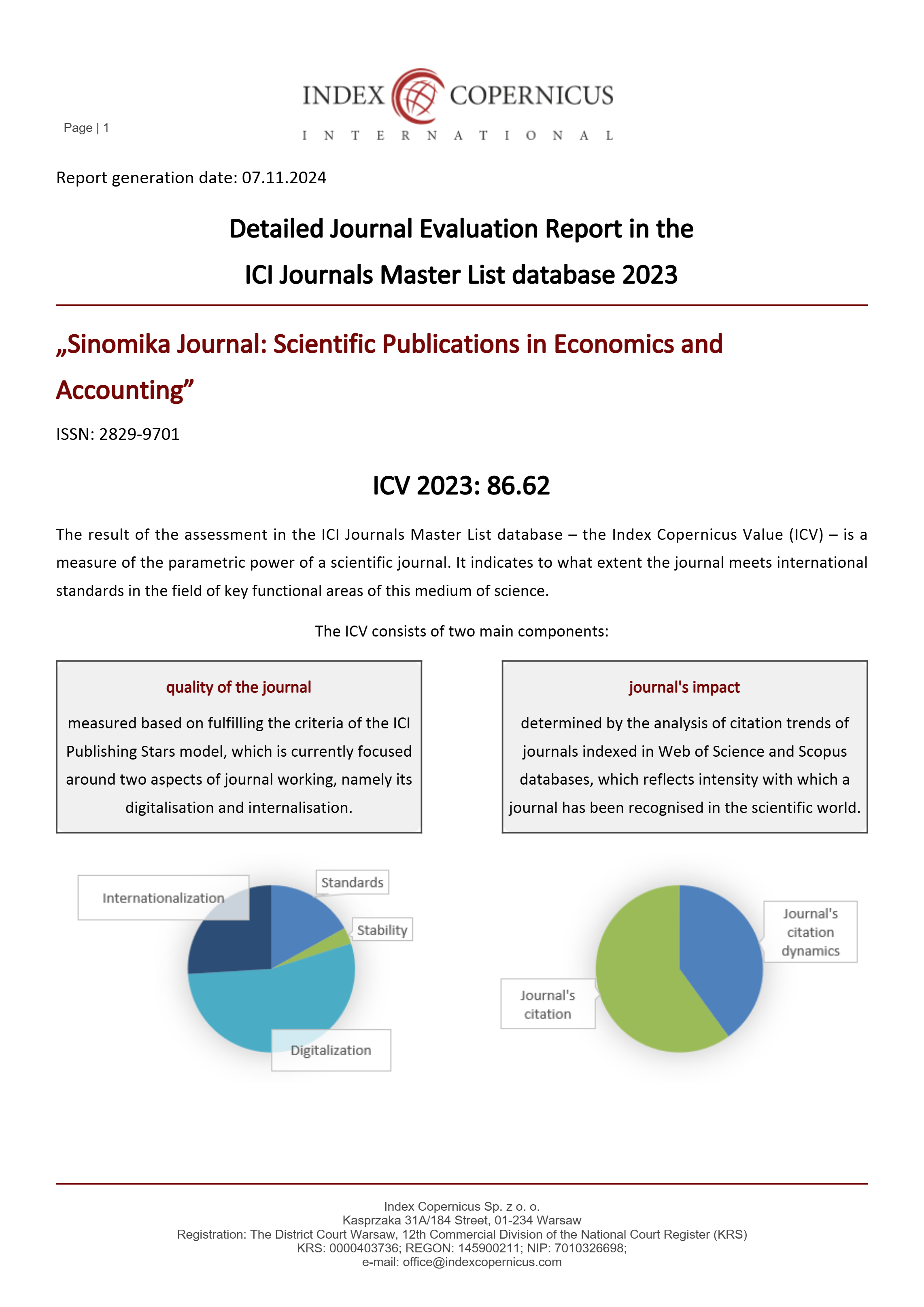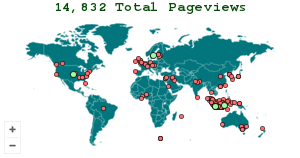Exploring the Intersection of Profit and Social Responsibility: Analyzing Unilever's Approach to Sustainable Business Practices
DOI:
https://doi.org/10.54443/sinomika.v3i6.2661Keywords:
Profit and Purpose, Sustainable Living Plan, Unilever, Corporate Sustainability, Stakeholder PrimacyAbstract
In the modern business era, companies face the challenge of balancing profit generation with social and environmental responsibility. This paper explores how Unilever, a global leader in consumer goods, successfully integrates both concepts through its Sustainable Living Plan (USLP). The USLP, launched in 2010, aims to improve health and well-being for over 1 billion people, reduce environmental impact by half, and enhance livelihoods across its supply chain. This study employs a content analysis methodology, reviewing 42 scholarly journals, articles, and relevant sources to examine Unilever's approach to balancing profit and purpose. Findings show that the USLP has enabled Unilever to achieve financial growth while also fostering positive social and environmental outcomes. The paper argues that integrating social responsibility into business strategies can provide long-term competitive advantages, strengthen brand reputation, and attract both consumers and investors concerned with sustainability. This case study of Unilever serves as a model for other companies looking to align profitability with societal impact, demonstrating that sustainability is not only a moral obligation but also a strategic business advantage.
Downloads
References
Abdullah, N. H., Agung Widhi Kurniawan, Nurman, Romansyah Sahabuddin, & Andi Mustika Amin. (2023). Analisis Rasio Keuangan Dalam Menilai Kinerja Keuangan Pada Industri Kosmetik yang Terdaftar di BEI. SINOMIKA Journal: Publikasi Ilmiah Bidang Ekonomi Dan Akuntansi, 2(1), 77–84. https://doi.org/10.54443/sinomika.v2i1.884
Abror, G., & Muharam, H. (2024). Impact of Ultramicro Holding on Financial Performance and Business Sustainability. Research Horizon, 4(4), 47-54.
Alghafes, R., Karim, S., Aliani, K., Qureishi, N., & Alkayed, L. (2024). Influence of key ESG factors on Islamic banks’ financial performance: Evidence from GCC countries. International Review of Economics and Finance, 96.
Aluchna, M., & Roszkowska-Menkes, M. (2019). Integrating corporate social responsibility and corporate governance at the company level. Towards a conceptual model. Engineering Economics, 30(3), 349-361.
Atif, M. (2021). The effects of energy consumption, economic growth, and financial development on CO2 emissions in Greece. Arthatama, 5(1), 13-26.
Austin, J., & Seitanidi, M. M. (2012). Collaborative value creation: A review of partnering between nonprofits and businesses: Part I. Value creation spectrum and collaboration stages. Nonprofit and Voluntary Sector Quarterly, 41(5), 726-758.
Bansal, P., & DesJardine, M. R. (2014). Business sustainability: It is about time. Strategic Organization, 12(1), 70-78.
Besley, T., & Ghatak, M. (2017). Profit with purpose? A theory of social enterprise. American Economic Journal: Economic Policy.
Board, iDeals (2024). Shareholder vs stakeholder: Comparing models & approaches. Ideals Board.
Bocean, C. G., Nicolescu, M. M., Cazacu, M., & Dumitriu, S. (2022). The role of social responsibility and ethics in employees’ wellbeing. International Journal of Environmental Research and Public Health, 19(14), 8838.
Bosse, D. A., & Harrison, J. S. (2011). Stakeholders, entrepreneurial rent and bounded self-interest. Stakeholder Theory: Impact and Prospects, 193-211.
Boström, M., Jönsson, A. M., Lockie, S., Mol, A. P., & Oosterveer, P. (2015). Sustainable and responsible supply chain governance: challenges and opportunities. Journal of Cleaner Production, 107, 1-7.
Brown, J. A., & Forster, W. R. (2013). CSR and stakeholder theory: A tale of Adam Smith. Journal of Business Ethics, 112(2), 301-312.
Bruneel, J., Moray, N., Stevens, R., & Fassin, Y. (2016). Balancing Competing Logics in For-Profit Social Enterprises: A Need for Hybrid Governance. Journal of Social Entrepreneurship.
Candio, P. (2024). The effect of ESG and CSR attitude on financial performance in Europe: A quantitative re-examination. Journal of Environmental Management, 354.
Chandler, D. (2020). Strategic Corporate Social Responsibility. Sustainable Value Creation. 5th ed. London: Sage.
Chen, S., Song, Y., & Gao, P. (2023). Environmental, social, and governance (ESG) performance and financial outcomes: Analyzing the impact of ESG on financial performance. Journal of Environmental Management, 345.
Cramer, A., & Karabell, Z. (2010). Sustainable Excellence: The Future of Business in a Fast-Changing World. Rodale Books.
Donaldson, T., & Preston, L. E. (1995). The stakeholder theory of the corporation: Concepts, evidence, and implications. Academy of Management Review, 20(1), 65-91.
Eccles, R. G., Ioannou, I., & Serafeim, G. (2011). The impact of corporate sustainability on organizational processes and performance. Management Science, 59(5), 1045-1061.
Geng, R., Mansouri, S. A., & Aktas, E. (2017). The relationship between green supply chain management and performance: A meta-analysis of empirical evidences in Asian emerging economies. International Journal of Production Economics, 183, 245-258.
Govindan, K., Shaw, M., & Majumdar, A. (2021). Social sustainability tensions in multi-tier supply chain: A systematic literature review towards conceptual framework development. Journal of Cleaner Production, 279, 123075.
Guo, X., Cheng, L., & Liu, J. (2020). Green supply chain contracts with eco-labels issued by the sales platform: profitability and environmental implications. International Journal of Production Research, 58(5), 1485-1504.
Heydari, J., Govindan, K., & Basiri, Z. (2020). Balancing price and green quality in presence of consumer environmental awareness: a green supply chain coordination approach. International Journal of Production Research.
Hyun, G. H., Wootae, C., & Zhan, W. (2021). Multiple-dimensions of corporate social responsibility and global brand value: a stakeholder theory perspective. Journal of Marketing Theory and Practice, 29(4), 409-422.
Jeremy (2021). Patagonia case study: How to drive profit with purpose. Misio.
Kundu, P. N. (2023). Patagonia - balancing profit and environmental responsibility: A case study. LinkedIn.
Lukviarman, N. (2005). Perspektif shareholding versus stakeholder. Jurnal Siasat Bisnis.
Mainardes, E. W., Alves, H., & Raposo, M. (2012). A model for stakeholder classification and stakeholder relationships. Management Decision, 50(10), 1861–1879.
McGrath, S. K., & Whitty, S. J. (2016). Definitional confusion regarding stakeholders. International Journal of Managing Projects in Business, 10(4), 721–748.
Modreanu, A., Andrișan, G. N., Sârbu, A.-M., & Grădinaru, C. (2022). Corporate Social Responsibility, a Strategic Tool for Sustainable Value Creation: A Case Study of Unilever’s Sustainable Living Plan. BASIQ International Conference, 575–582.
Mubarik, M., Raja Mohd Rasi, R. Z., Mubarak, M. F., & Ashraf, R. (2021). Impact of blockchain technology on green supply chain practices: evidence from emerging economy. Management of Environmental Quality: An International Journal, 32(5), 1023-1039.
Ntim, C. G. (2024). Ethical Supply Chain Management: Balancing Profit, Social Responsibility, and Environmental Stewardship. International Journal of Management & Entrepreneurship Research, 6(4), 1069–1077.
Oshioste, E., Okoye, C., & Udokwu, S. (2023). The effectiveness of CSR in sustainable development: A case-study of Total's oil exploration activities in the Niger-Delta region. Economic Growth and Environment Sustainability (EGNES).
Porter, M. E., & Kramer, M. R. (2011). Creating shared value. Harvard Business Review, 89(1/2), 62-77.
Rameshwar, R., Saha, R., & Shamindra, N. S. (2020). Strategic corporate social responsibility, capabilities, and opportunities: Empirical substantiation and futuristic implications. Corporate Social Responsibility and Environmental Management Journal, 27(6), 2816-2830.
Savitz, A. W., & Weber, K. (2012). The Triple Bottom Line: How Today's Best-Run Companies Are Achieving Economic, Social, and Environmental Success and How You Can Too. John Wiley & Sons.
Schaltegger, S., & Wagner, M. (2011). Sustainable entrepreneurship and sustainability innovation: categories and interactions. Business Strategy and the Environment, 20(4), 222-237.
Singh, K., & Misra, M. (2021). Linking Corporate Social Responsibility (CSR) and Organizational Performance: the moderating effect of corporate reputation. European Research on Management and Business Economics, 27(1), 100139.
Stindt, D. (2017). A generic planning approach for sustainable supply chain management-How to integrate concepts and methods to address the issues of sustainability? Journal of Cleaner Production, 153, 146-163.
Tania, J., Wahyuningtyas, A., Putri, P., & Muharam, H. (2025). Research Horizon.
van de Velde, M. (2018). Beyond shareholder theory: Exploring effective business models balancing profits and purpose. Enlighten Theses.
Vargas, C., Whelan, J., Brimblecombe, J., Brock, J., Christian, M., & Allender, S. (2022). Co-creation of healthier food retail environments: A systematic review to explore the type of stakeholders and their motivations and stage of engagement. Obesity Reviews, 23(9), 1–20.
Downloads
Published
How to Cite
Issue
Section
License
Copyright (c) 2025 Fadila Nurhidayah, Faridah Nur Setyaningtyas, Nafila Ajra Syakira

This work is licensed under a Creative Commons Attribution 4.0 International License.

























